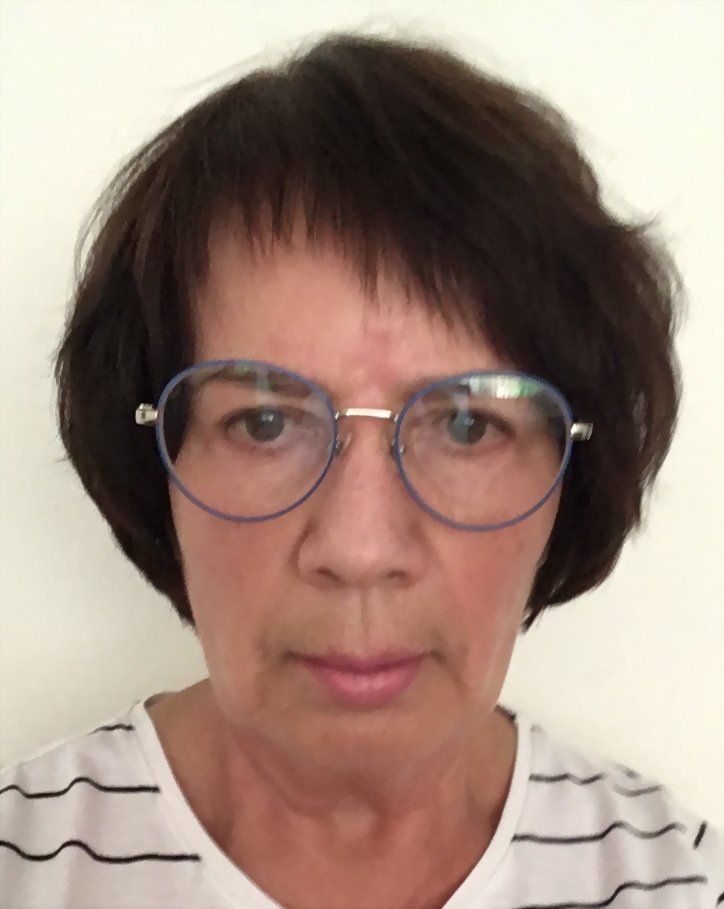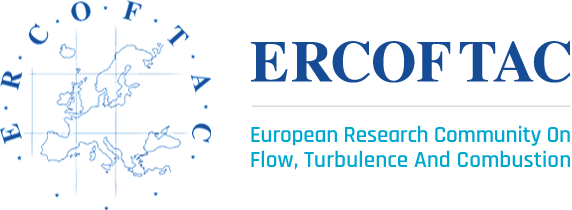Women of ERCOFTAC
Interview with Dr Nina Yurchenko
National Academy of Sciences of Ukraine, Institute of Hydromechanics, Kyiv, Ukraine
ERCOFTAC PC Ukraine Coordinator

Dr Nina Yurchenko
What is your academic background?
I graduated with honors from Kyiv Polytechnic University, got a Master's Degree in electro-acoustics and ultrasonic engineering. Simultaneously, I graduated with honors from the International College of Foreign Languages (English) and later, the State Patent School. After that, I started working at the Zoology Institute in Kyiv, passed through the university course on general biology having intended to make my PhD work there. Another turn brought me back to engineering in the form of biomechanics. As a result, I defended my Ph.D. in fluid dynamics at the Institute of Hydromechanics, National Academy of Sciences of Ukraine.
For over 30 years, I was an idea-generating manager of 11 ongoing international projects on R&D of passive, active, and remote methods of flow control including plasma-assisted flow control. Based on a multi-disciplinary approach to solve engineering problems, I developed the energy-efficient flow-control concept, built and headed the Laboratory for Advanced Aerodynamics and Interdisciplinary Research. I am the Associate Fellow of the American Institute of Aeronautics and Astronautics
What is your research specialization?
Multi-disciplinary research is the essence of my activity. On the one hand, it connects aerodynamics with biology; thorough evolution search of features and mechanisms optimizing motion in fluids shortens further scientific research. On the other hand, advanced engineering instrumentation for flow control is successfully developed using the professional assistance of specialists in different disciplines, for instance, in plasma physics.
My research embraces the following areas:
- High-speed marine animals: optimal mechanisms of motion in fluids; prototyping for engineering solutions;
- boundary-layer instability & receptivity over rigid and compliant surfaces;
- energy-efficient flow control based on the developed concept of fluid motion scaling;
- heat transfer enhancement using space-scale controlled flow separation;
- interdisciplinary research: smart flow control using MW radiation and plasma generation;
- compact supersonic ejectors for novel airbag inflation systems.
Within 1994-2015 I was engaged in the organization of cooperation and liaison between US AFOSR/EOARD and FSU research teams, worked in research institutions in Lithuania, France, the USA, and China; published over 140 scientific papers and conference proceedings.
What projects are you working on currently?
For me, “currently” in research is applicable for the period before 24 February 2022. The latest project is “Aspirated inflator optimization for an automobile airbag”. It deals with the development of a compact supersonic ejector for the novel safer airbag inflation systems. I continue my efforts to involve Ukrainian scientists into international activities, in particular, using the ERCOFTAC opportunities like the organization of the Pilot Centre in Ukraine.
Was there a woman who inspired you to get into your field?
There are many women and men whose way and especially results in science are admirable and motivate us not to give up whatever area we would choose. However, I find it difficult to choose an idol among them. Research by itself is my idol that more than any other professional activity can need my creativity and allow me to remain independent.
I believe it would be offensive for science to have a gender or nationality. Otherwise, we should publish our papers in journals for male and female science, compare the virtues and drawbacks of English, Dutch, and Ukrainian science. High quality must be the key criterion of scientific research.
What motivates you to work on fluid mechanics, or what do you find fascinating about it?
Fluid dynamics is one of the oldest and newest professions. The development and diversity of its methods open an infinite number of possibilities to renew this science due to its connections with other sciences and applications in various fields. This way, it is enriched by interdisciplinary research involving chemistry, biology, plasma physics, urban planning, energetics, etc. It is fascinating to migrate flexibly between the disciplines to find successful intersections and a place that fits you.
What advice would you give to young women wanting to get into STEM?
My research experience started and was developed in the Soviet Union and later in Ukraine where access of women to the labor market was more severely filtered and restricted than in other European countries. Therefore to avoid unacceptable to me compromises, I never served for promotions and positions, I just defended my Ph.D. and took part in international competitions to get my ideas and projects funded. It brought a better income to my team members compared to other Ukrainian scientists and enabled us to build a modern laboratory exclusively due to our project funds without begging for favor from any authorities. Thus my only advice is as follows: Never let overwhelming circumstances take over even if this is the war coming into your house. Analyze your overwhelming circumstances, give them appropriate names, determine what applies to you and what does not, and see that you will find no reason to give up.
What are the benefits of being a member of ERCOFTAC?
ERCOFTAC is a window into the big world for Ukrainians more than for others, with all the consequences they can see, choose, and work on. ERCOFTAC gives opportunities to study, participate in conferences, publish papers, and learn about scientific methods and achievements of people. For me, it is interesting and important to be a part of a system that unifies people and scientists, that motivates non-stop motion.
